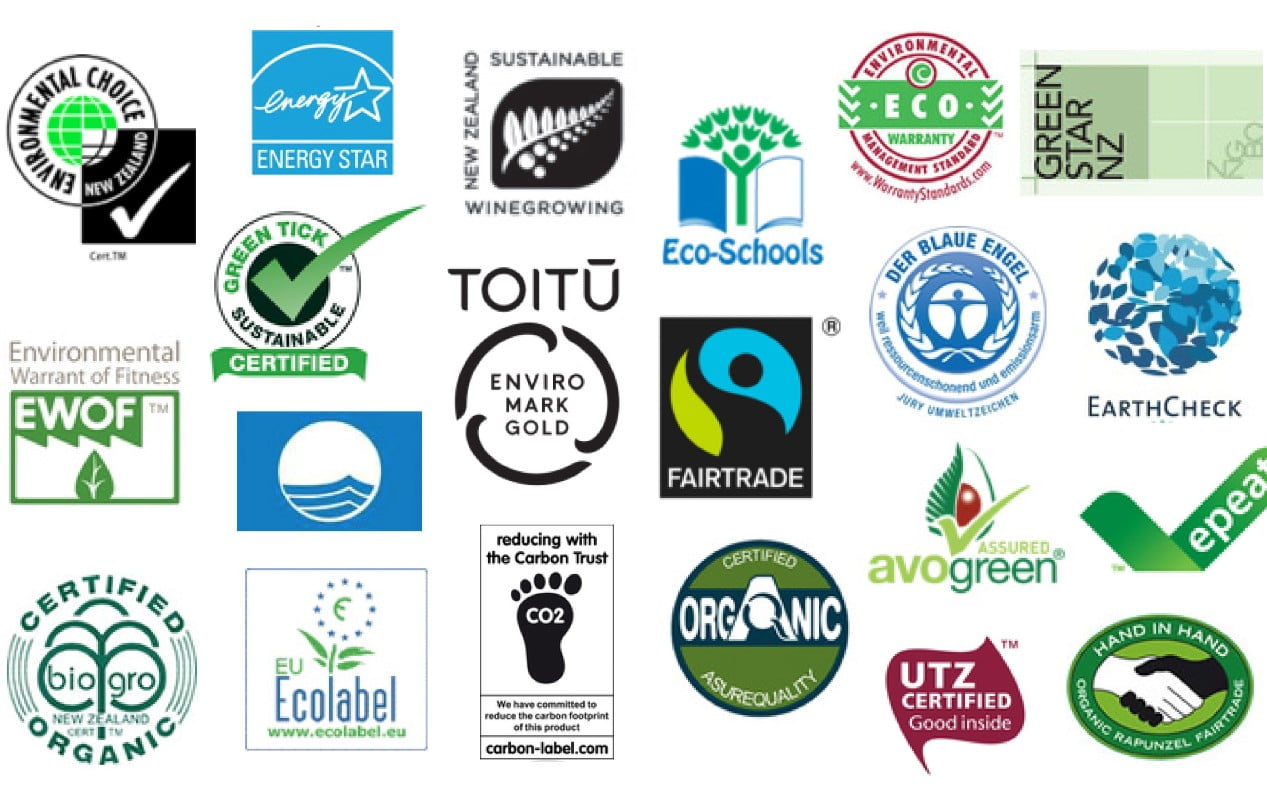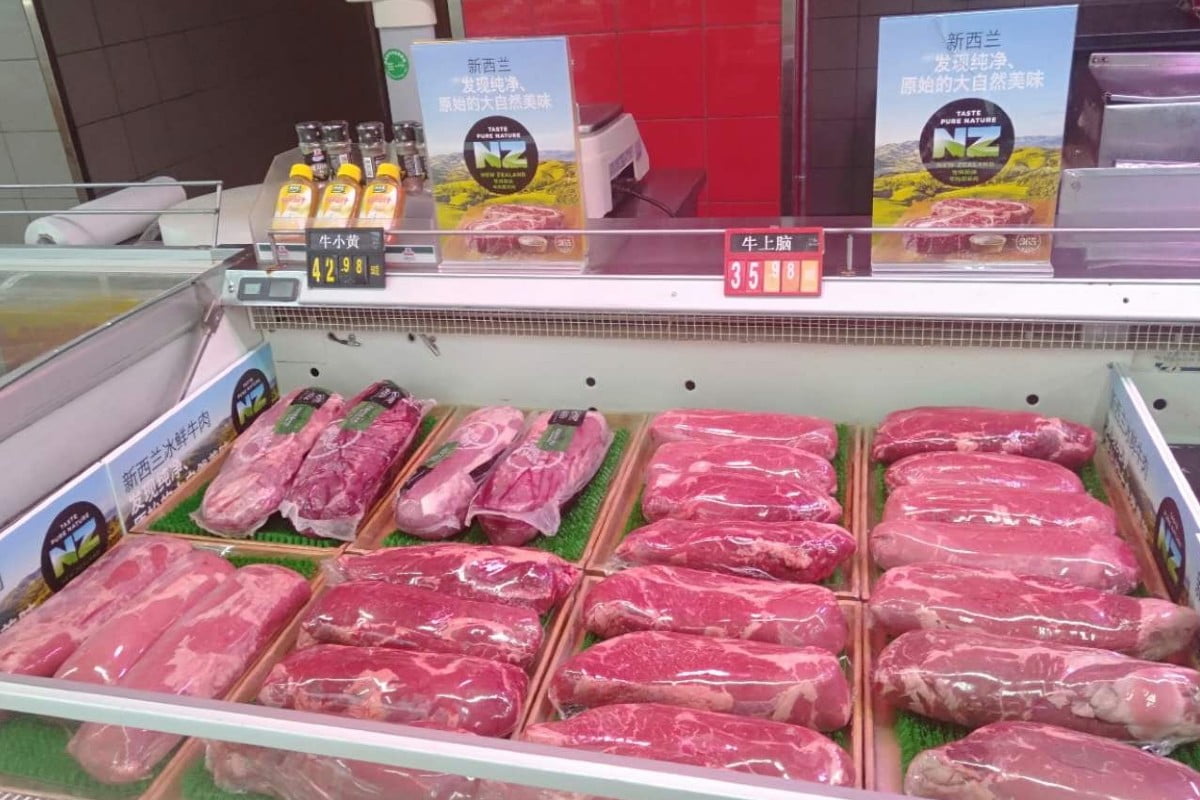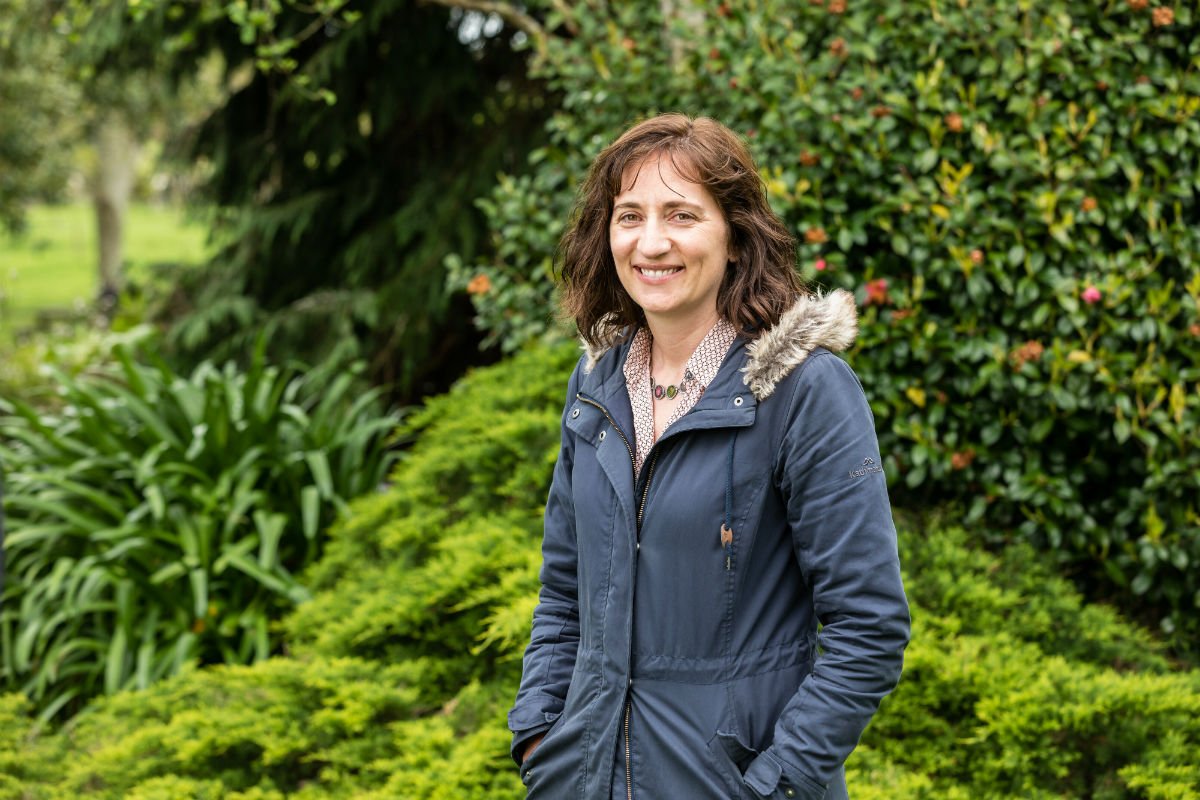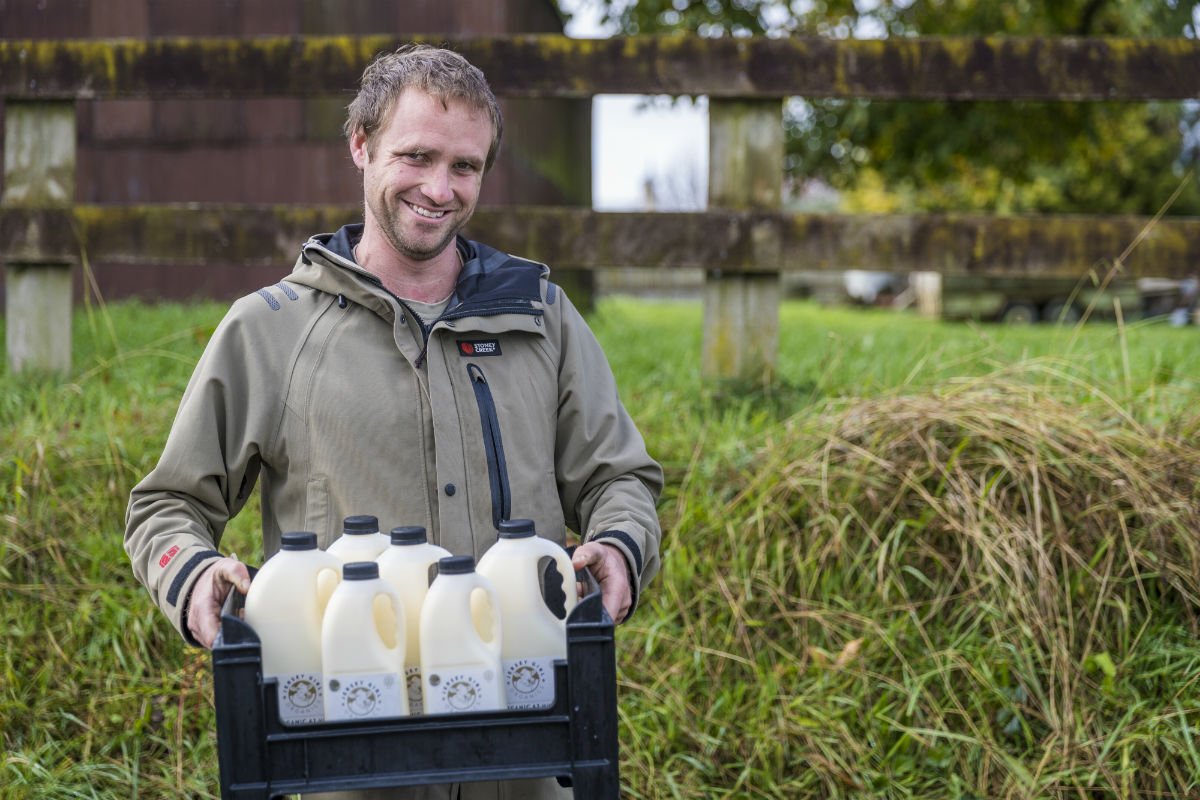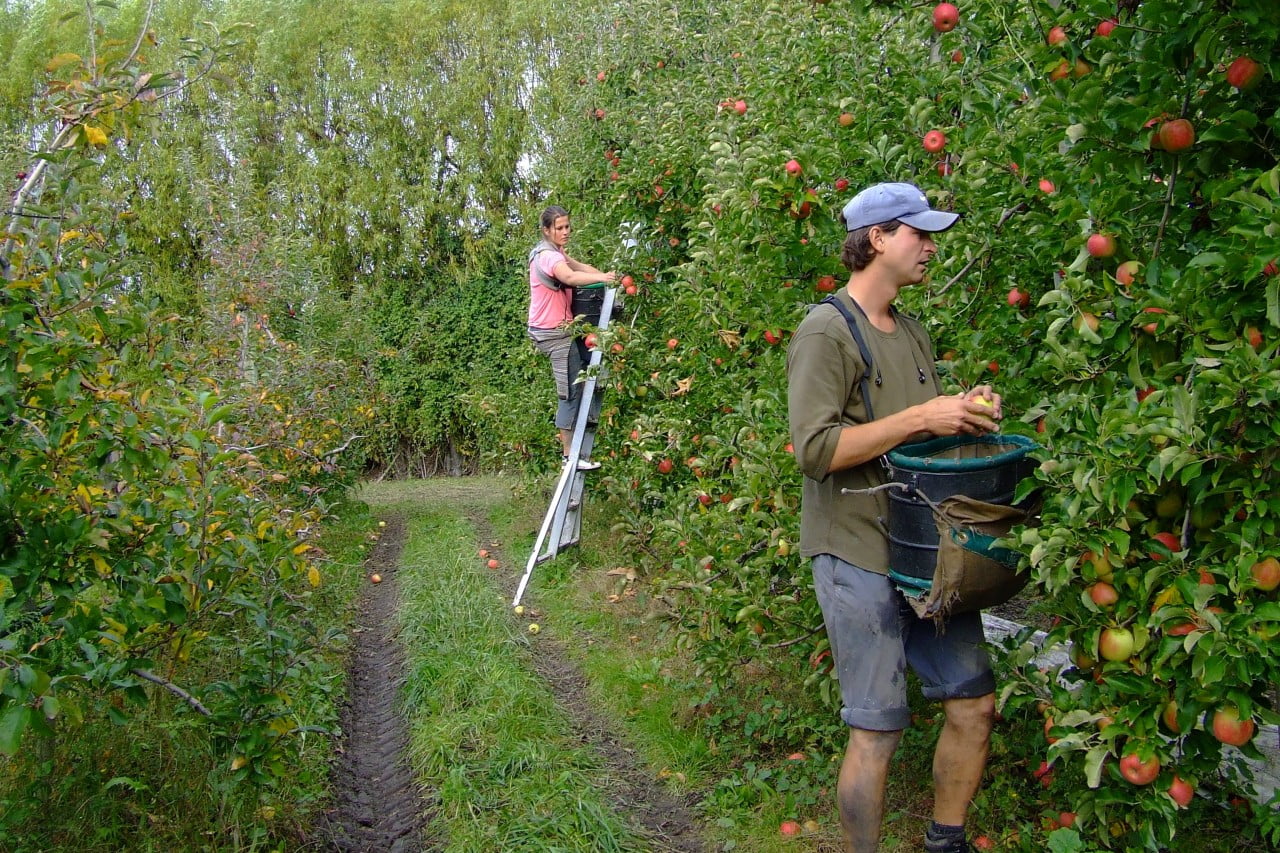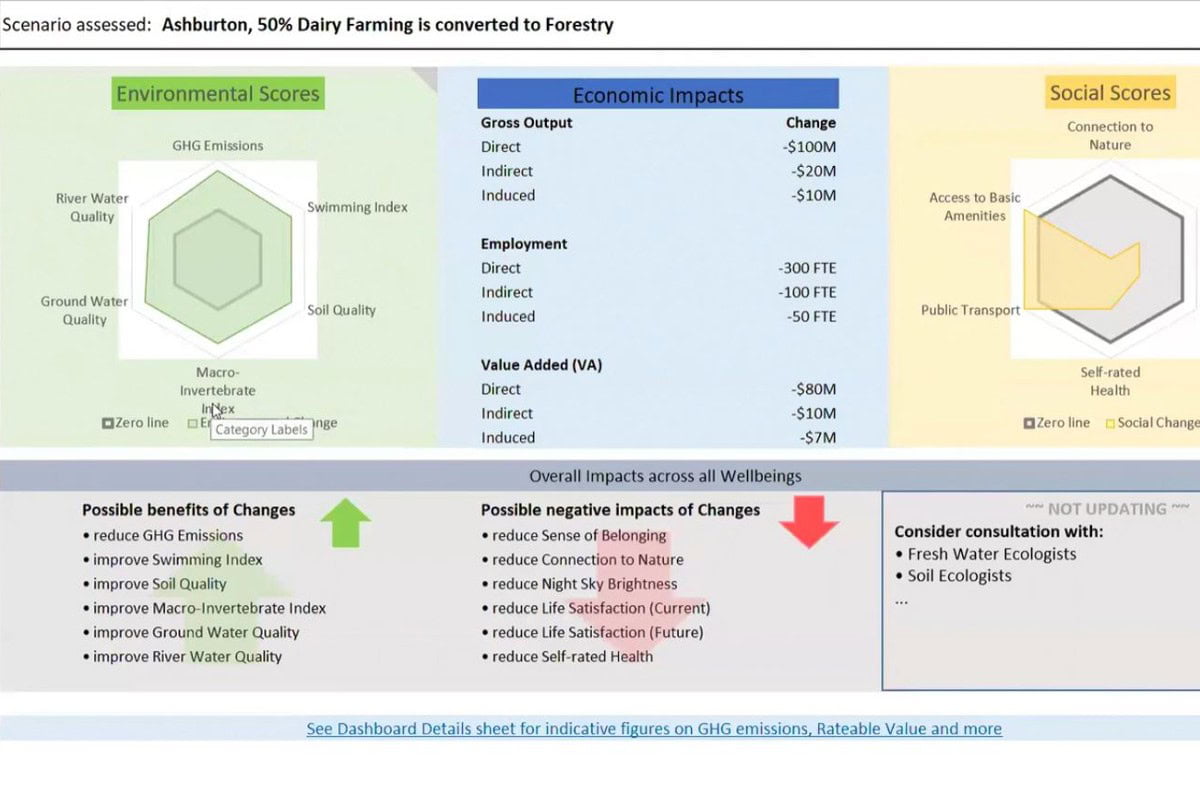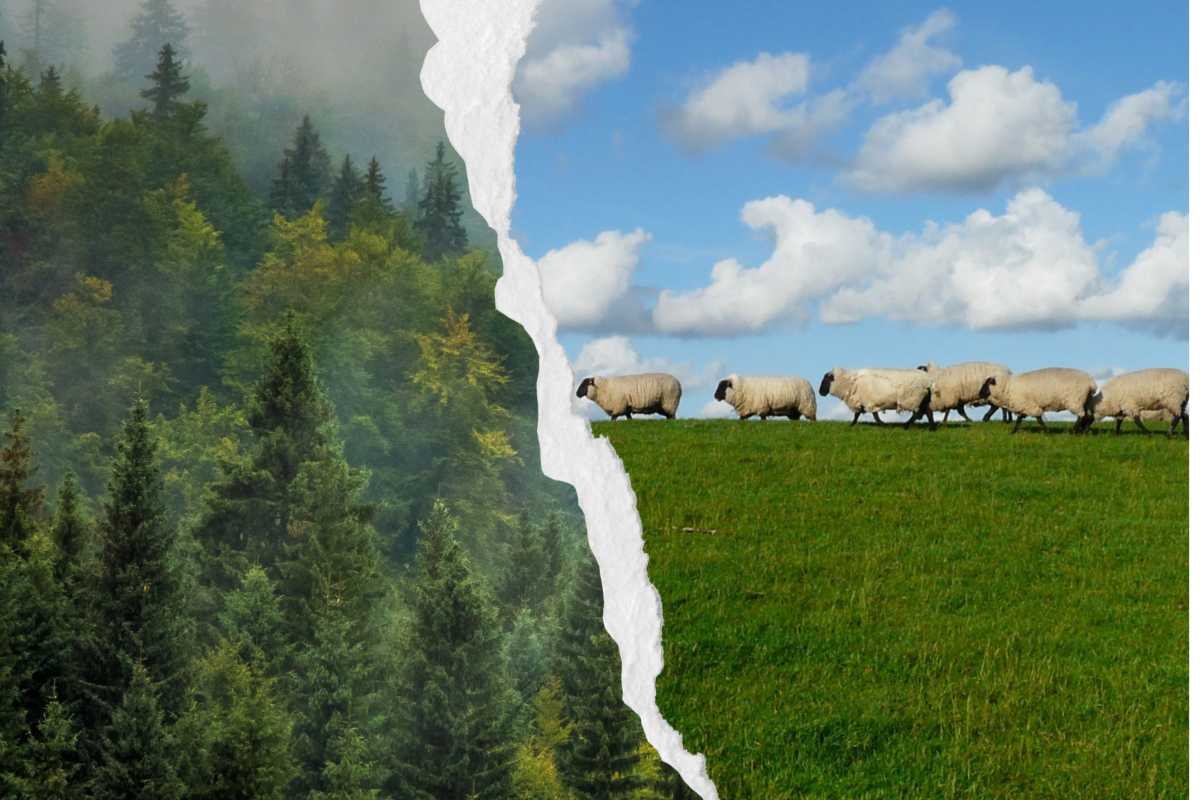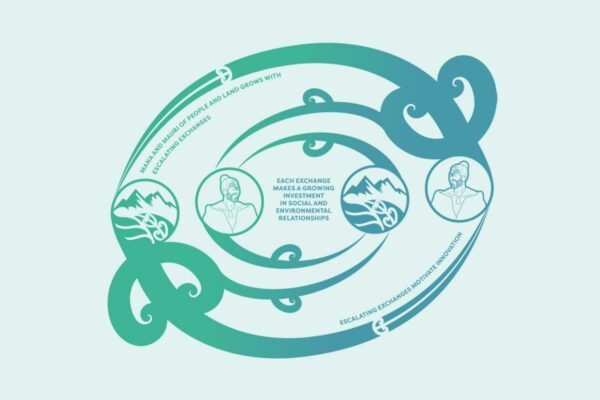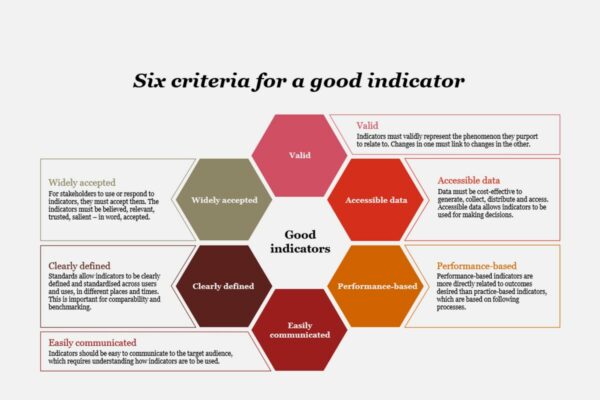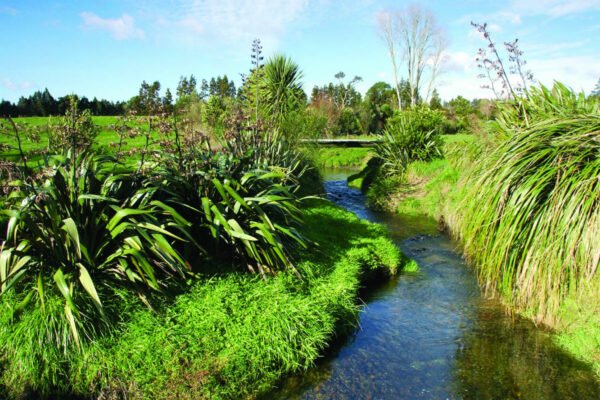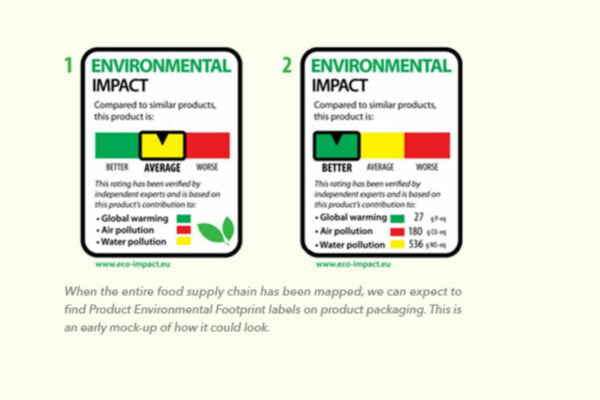Credence Attributes On Farm
What are the on-farm impacts of changing food production systems to deliver additional attributes that are meaningful and valuable to consumers?
Project Details Ngā taipitopito
Collaborators Ngā haumi
AsureQuality | Fonterra | Greenlea | John Vosper (organic dairy farmer) | Lincoln University | Massey University | PGG Wrightsons | Rabobank | Richard Lansdaal (farmer) | Robin Greer (organic farmer) | Scion | Sustainable Business Network | Tracey Bayliss (Grandad’s Beef)
What are we doing?E aha ana mātou?
Organic, grass-fed, free-range and halal are examples of ‘credence attributes’: a feature of a product that cannot be perceived, but may have environmental, animal welfare, social welfare or cultural benefits. Many consumers are willing to pay more for products with these additional qualities.
If this increased value can be shared along the value chain to increase profitability for farmers and growers, this should motivate changes in land use or land management to deliver the credence attributes.
This research project filled an important gap by investigating the costs and benefits of delivering credence attributes on-farm. Organic, carbon neutral and grass-fed farm systems were selected as the credence attributes to investigate, chosen in collaboration with research stakeholders, rural professionals and farmers.
Using data for ‘average’ DairyNZ System 3 farms in the Waikato and Southland, and for a Class 4 North Island sheep and beef farm, Credence Attributes On-Farm researchers modelled the farm system changes required to deliver pasture-fed, carbon-neutral and organic products. These models also enabled nitrogen and greenhouse gas reductions to be estimated.
How can the research be used? Ka pēhea e whai take ai te rangahau?
- Farmers can use this research to estimate the profitability increase that may be gained through delivering three modelled credence attributes: organic, carbon-neutral, and 100% pasture-fed. The greatest potential gain is for organic (increase of 42% to 67%) and pasture-fed (increase of 36% to 49%) dairy products. Carbon-neutral products are also more profitable (increase of 11% to 25%).
- This research also provides an estimate of the environmental benefits of delivering the three credence attributes modelled. Carbon-neutral dairy has the greatest potential to reduce nitrogen leaching (-41% N reduction) and carbon footprint (-11 to -17%), if the farmer is able to use imported maize for 30% of the feed (as it was on the modelled farm). Configuring to organic dairy also reduced nitrogen leaching (-17% to -24%) and reduced carbon footprint (-11% to -20%) on the modelled farm.
- These results show farmers they can maintain or grow profitability under carbon-neutral scenarios. The gained price premium could help a farmer cover adaptation and offset costs, and maintain or increase profitability. Additionally, a co-benefit of carbon-neutrality is a reduction in on-farm nitrogen leaching by up to 40%. This proves that it is possible to achieve multiple environmental benefits through pursuing the goal of carbon neutrality.
- Exporters and agri-food marketers can use the meta-analysis (combining the results of 94 other studies) to learn how much more consumers are willing to pay for attributes such as organic dairy. This work showed that, on average, consumers would pay 36% more for organic, 25% more for grass-fed and 24% more for “environmentally friendly” products.
- Beef and dairy exporters should note that these products were associated with a higher price premium for credence attributes compared to lamb. Australasian consumers value red meat products with credence attributes the highest, followed by Asian, European and North American consumers. For dairy products, willingness-to-pay is highest in the Asian market, followed by the EU and the North America.
- Confirming the existence of price premiums for credence attributes may motivate farmers to make changes to their farming systems, or adopt good management practices and new technologies to meet the expectation of environmental regulation and the increasing demand for food products with credence attributes.
- This study provides evidence that could assist the NZ government and primary sectors in achieving desired environmental goals while maintaining the economy. The results have been presented to staff from the Ministry for the Environment and other government agencies.
Related research updates Ngā pānui mō te rangahau nei
Participation & engagement Te hunga i whai wāhi mai
- Stakeholders, including rural professionals and farmers, attended a workshop in November 2017 to identify the priority credence attributes to investigate. Carbon neutral and grass-fed farm systems were selected. The workshop also discussed on-farm impacts of producing premium products to deliver environmental, animal welfare and food quality attributes.
- A second workshop was held in June 2018 to present the results of the modelling back to the stakeholders that helped form the direction of the project, and find out what they thought would be of most value in the second year of the project.
- In August and September 2018 we held a workshop and a meeting to discuss how to model organic dairy systems and draft an initial model of organic dairy farming.
 View Our Strategy Document 2019 – 2024
View Our Strategy Document 2019 – 2024



